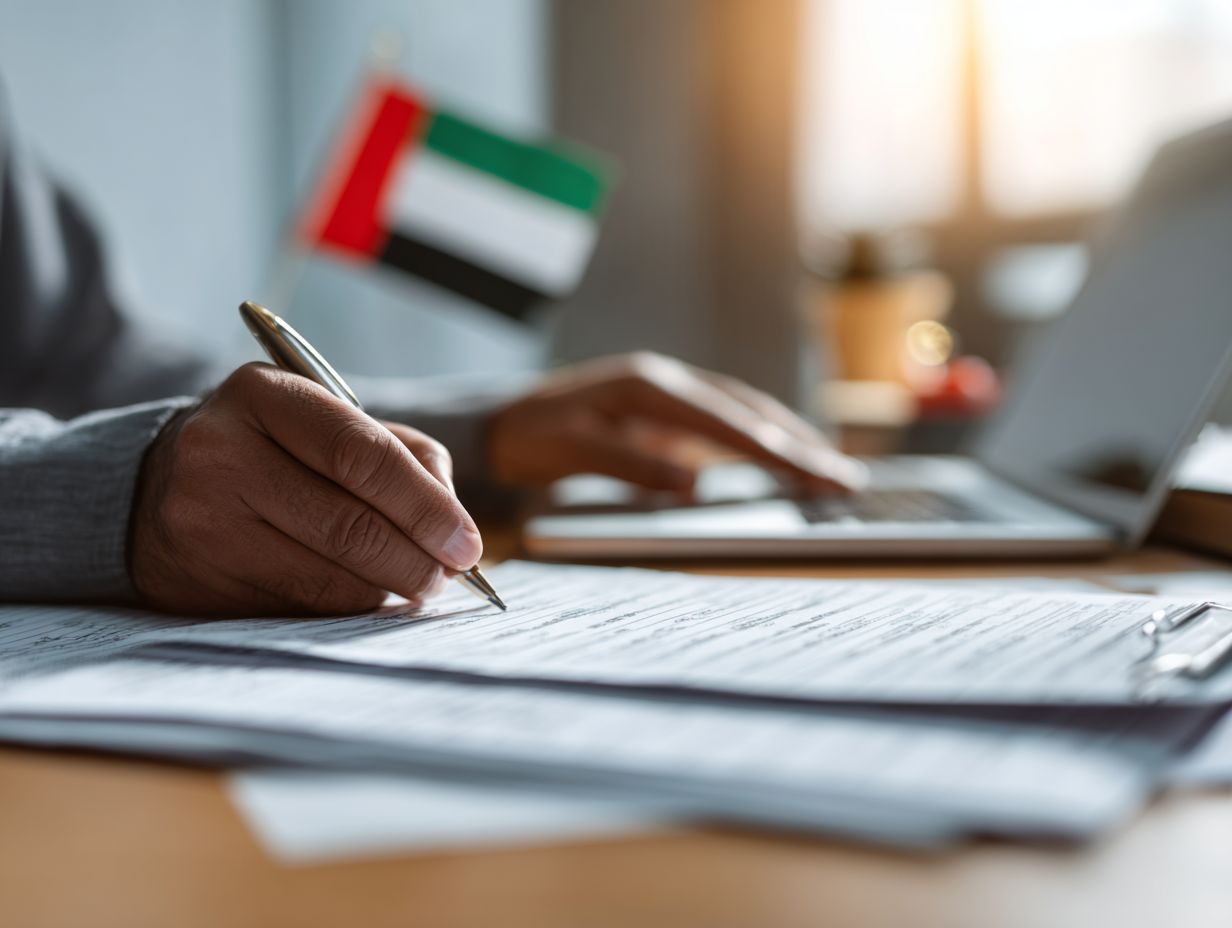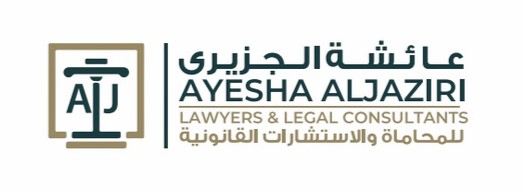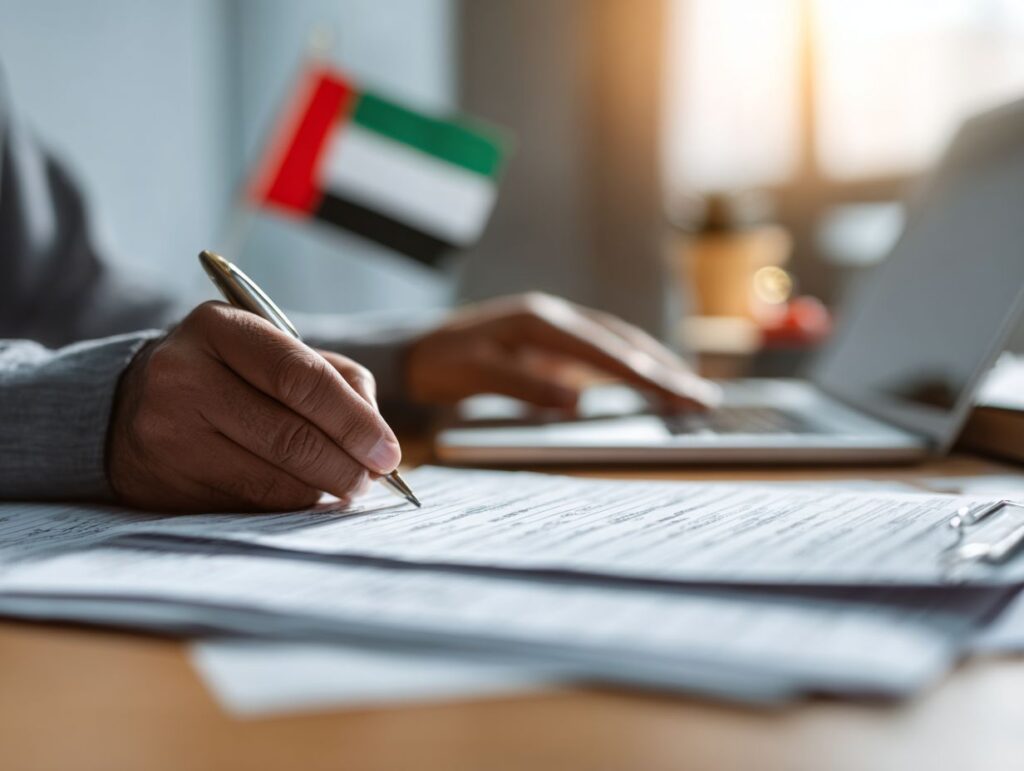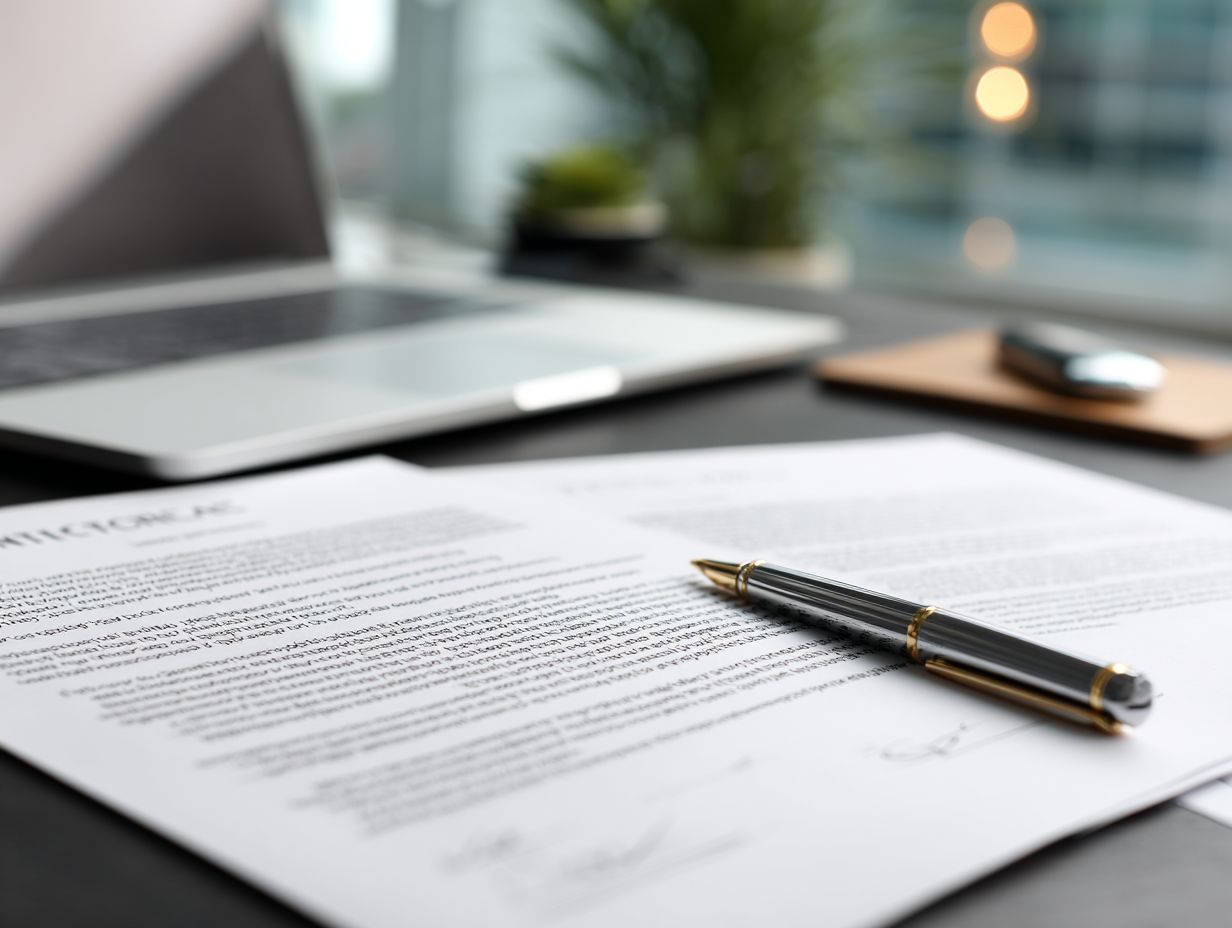Registering a trademark in the United Arab Emirates is one of the most effective ways to safeguard your brand identity and commercial reputation. At Ayesha Aljaziri Lawyers & Legal Consultants, our multilingual team in Dubai provides trusted legal solutions to entrepreneurs and established companies across the UAE, backed by full rights of audience before all UAE courts (civil, Sharia, commercial, and appellate). Below, we explain—plainly and step-by-step—how to register a trademark in the UAE, what to prepare at each stage, and how our experienced lawyers in Dubai can support you from search through to certificate and ongoing enforcement.
- Start with a comprehensive UAE trademark search to confirm availability and avoid conflicts in the classes that matter to your business.
- Prepare accurate documents (trade license, a clear trademark specimen, and power of attorney if using an agent) and file online with the UAE Ministry of Economy.
- After examination, your mark is published for opposition; if unopposed or successfully defended, you receive the registration certificate. Renew every 10 years and monitor for infringement.
Importance of Trademark Protection

Trademark protection secures the distinctive signs your customers associate with your products and services—names, logos, and sometimes slogans—so competitors cannot lawfully trade on your goodwill. In a fast-growing market like the UAE, where new entrants appear daily across retail, technology, hospitality, and professional services, a registered trademark helps prevent consumer confusion and brand dilution. More practically, a UAE trademark registration strengthens your hand in takedowns, customs recordals, and court actions, reducing the cost and time of policing your brand.
Our full-service law firm routinely helps clients align brand protection with wider commercial goals—whether that’s commercial expansion and licensing strategies, technology and media launches, or product rollouts in retail and e-commerce. Because we hold full rights of audience, we can handle disputes from administrative objections through to court proceedings without the need for external counsel.
Overview of the Registration Process
The UAE process runs from search to filing, examination, publication, opposition window, and—if all is clear—registration and certification. While timelines vary, many straightforward applications can move from filing to registration in several months when properly prepared.
- Search: Check for identical or confusingly similar trademarks in relevant Nice classes.
- File: Submit an online application via the Ministry of Economy IP portal with correct classifications and a clear representation of the mark.
- Examination: Address any examiner’s observations promptly.
- Publication & Opposition: The mark is published in the Official Gazette and newspapers; third parties have a set period to oppose.
- Registration: If unopposed or if opposition is overcome, the Ministry issues the certificate. Renew every 10 years.
Understanding Trademark Types
The UAE protects various trademark forms, provided the mark is distinctive and not misleading or contrary to public order or morality. Choosing the right format influences the breadth of your protection.
Word Marks
Word marks protect the textual portion of your brand—your name or slogan—independent of stylization. They are a strong foundation because protection extends to standard font use. Ensure the wording is distinctive (not generic or merely descriptive for your goods/services). For instance, a coined term is typically stronger than a descriptive phrase.
Design (Logo) Marks
Design marks protect the visual stylization of your logo. These are essential when your iconography is central to brand recognition. Because protection focuses on the visual features, be sure to file a crisp, high-quality image and consider how colors and shapes affect distinctiveness.
Combined Marks
Combined marks cover the word element and logo together, useful when you frequently present both as a unified brand asset. Many UAE brand owners adopt a filing strategy that includes separate word and design applications plus a combined mark, maximizing coverage across use scenarios.
Pre-Registration Steps
Conducting a UAE Trademark Search
A robust search reduces risk and cost. Identify the Nice classes that match your current and planned activities (e.g., software in Class 9, retail services in Class 35, hospitality in Class 43). Search for identical and near-match terms and visual similarities for logos. Consider phonetic equivalents and translations (Arabic/English), as the UAE market is multilingual. Our team performs availability checks and provides risk assessments with practical recommendations, including rebranding tweaks or class coverage adjustments where needed.
Assessing Trademark Eligibility
Eligibility turns on distinctiveness and lawful registrability. Marks that are generic for the goods/services or purely descriptive of characteristics often face refusal, unless they’ve acquired distinctiveness through extensive use. Avoid terms that may mislead the public (for example, suggesting a governmental link) or conflict with earlier rights. If your brand architecture includes descriptive elements, pairing them with a distinctive coined term or logo can improve registrability.
The Application Process
With a clear strategy and search results in hand, you can prepare a clean, accurate filing that moves smoothly through examination.
Preparing Required Documents
- Applicant details: For companies, include a copy of the valid UAE trade license; for individuals, passport copy. Foreign applicants typically appoint a local agent.
- Trademark representation: A clear image for logos/combined marks or the exact wording for word marks.
- Goods/services list: Specify classes and precise descriptions aligned with your commercial activities.
- Power of Attorney: If filing via an agent, prepare a POA in the form and legalization level required at filing or shortly thereafter.
- Priority claim (optional): If you filed in another Paris Convention country within the priority window, include details to claim that earlier date.
Filing the Application
Applications are filed online with the Ministry of Economy. Accuracy is crucial—misclassification or vague descriptions can delay examination or narrow your protection. We carefully draft specifications that future-proof your coverage, reflecting both current operations and near-term expansion. After submission and official fee payment, you receive an application number to track status.
Post-Application Steps
Responding to Examination Notes (Office Actions)
If the examiner raises issues—such as similarity to an earlier mark or descriptiveness—you must respond within the stated deadline. Effective responses address each point, cite the goods/services differences, and, where appropriate, propose limited amendments that preserve core brand protection. Because our lawyers have rights of audience before all UAE courts, we can escalate from administrative arguments to litigation strategies when required, without bringing in external counsel.
Publication in the Official Gazette and Opposition
Once accepted, your application is published. Third parties have a fixed window (commonly 30 days) to oppose. Many oppositions settle when specifications are clarified or coexistence terms are agreed. Where settlement is not viable, we prepare a robust defense grounded in use evidence, market realities, and the distinctions between the marks. For contentious matters, our litigation team in Dubai handles the full dispute lifecycle, from opposition replies to appeals.
Finalizing Trademark Registration
If no opposition is filed—or if you successfully overcome opposition—the Ministry proceeds to registration and issues the certificate. Keep the digital copy accessible and ensure the ownership details and mark image/wording match your filings.
Maintaining and Enforcing Your Rights
- Renewals: UAE registrations are renewable every 10 years. Calendar renewal dates early and confirm any grace periods and surcharges in advance.
- Use in commerce: Continuous genuine use matters. Non-use over several years can expose registrations to cancellation actions.
- Brand monitoring: Watch the Gazette and marketplaces (physical and online) for look-alike brands or counterfeit goods. Our team supports takedowns, customs recordals, and court actions as needed.
- Portfolio hygiene: Expand coverage to new classes when your business grows (e.g., adding real estate or financial services offerings), and record changes (assignments, company name updates) promptly.
Common Pitfalls to Avoid
- Filing too narrowly: Overly tight specifications may not cover future product lines or service pivots.
- Ignoring translations: Consider Arabic and English forms and phonetic look-alikes to catch risky similarities.
- Missing deadlines: Late responses or renewals increase costs and can jeopardize rights.
- Assuming unregistered use is enough: Use alone does not provide the same enforceable scope as registration in the UAE.
How We Help
Ayesha Aljaziri Lawyers & Legal Consultants is a premier full-service law firm in Dubai. Beyond trademarks, our practice spans 14+ areas including corporate and commercial, labour and employment, TMT and data, and dispute resolution. We deliver end-to-end protection: clearance searches, strategic filing programs across the GCC and internationally, licensing, and enforcement. With full rights of audience before all UAE courts and a multilingual team fluent in Arabic and English, we streamline the process and represent you seamlessly from filing to courtroom if necessary.
Frequently Asked Questions
What is the first step to register a trademark in the UAE?
Conduct a comprehensive availability search in the UAE for the relevant classes and language variants. This helps you avoid conflicts and tailor a filing strategy that sticks.
What documents do I need?
Typically: applicant details (trade license or passport), a clear image or wording of the mark, a list of goods/services with the correct Nice classes, and a power of attorney if using an agent. If you’re claiming priority from an earlier foreign filing, include the priority details.
How long does it take?
Timeframes vary by workload and whether objections or oppositions arise. Many straightforward applications progress from filing to registration within several months when filings are accurate and deadlines are met.
Are there fees?
Yes—official fees apply at filing, publication, and registration, with additional fees for renewals and certain recordals. Because fee schedules can change, request an up-to-date quote tailored to your classes and filing plan.
Can foreign entities file in the UAE?
Yes. Foreign applicants commonly appoint a local agent to file and correspond with the Ministry of Economy. We assist overseas clients daily and manage the entire process end to end.
What happens after filing?
The application is examined by the Ministry. If accepted, it’s published for opposition. If no opposition is raised (or an opposition is dismissed), the mark proceeds to registration and you’ll receive the certificate. From there, maintain use, monitor the market, and renew on time.
Next Steps
If you are preparing to file, our team can perform a swift availability review, refine your specifications, and manage filing and publication efficiently. To discuss a filing plan or obtain a fee estimate for your classes, contact our lawyers in Dubai. You can also explore our insights on the legal blog and learn more about our seamless UAE court representation capabilities.








